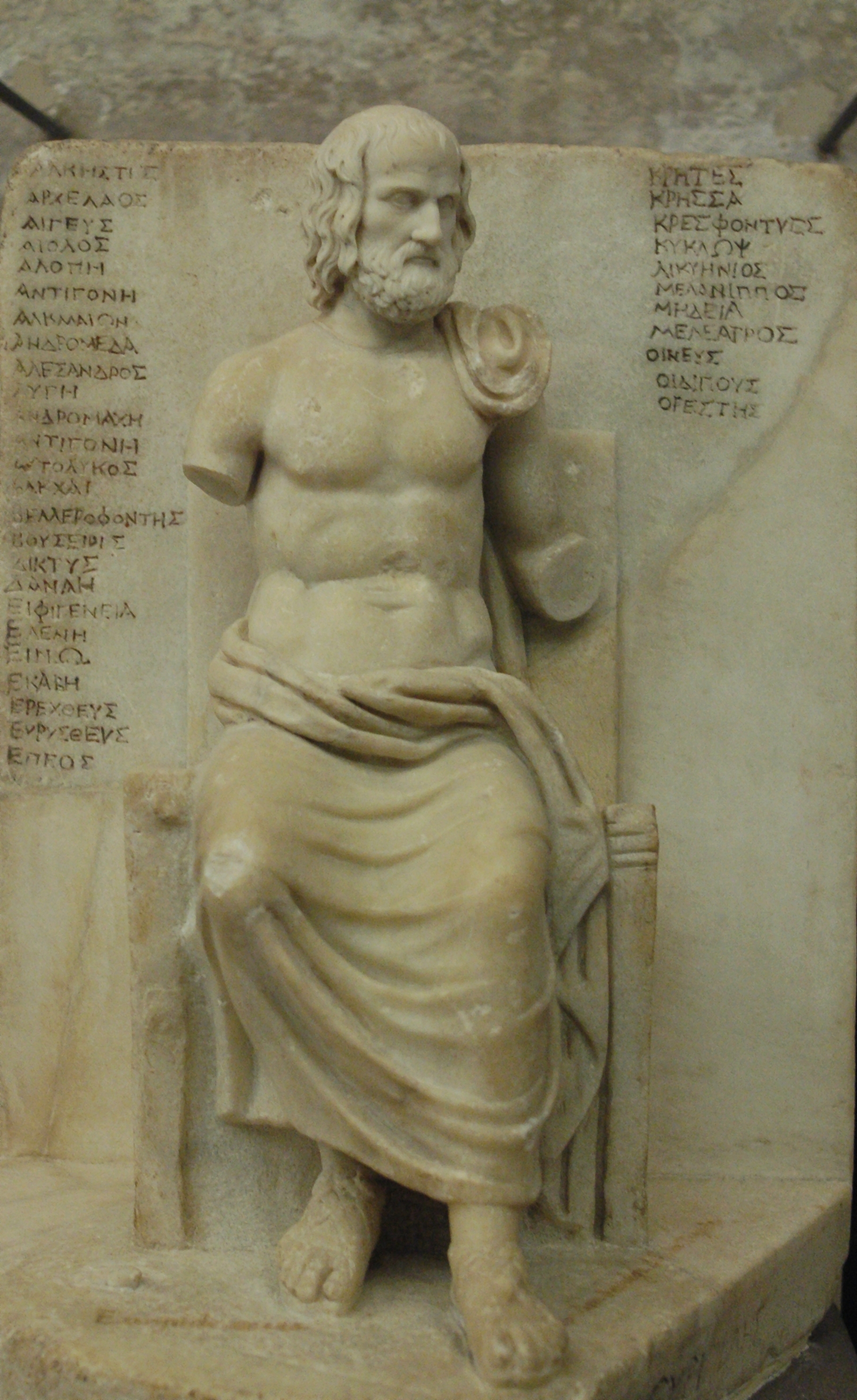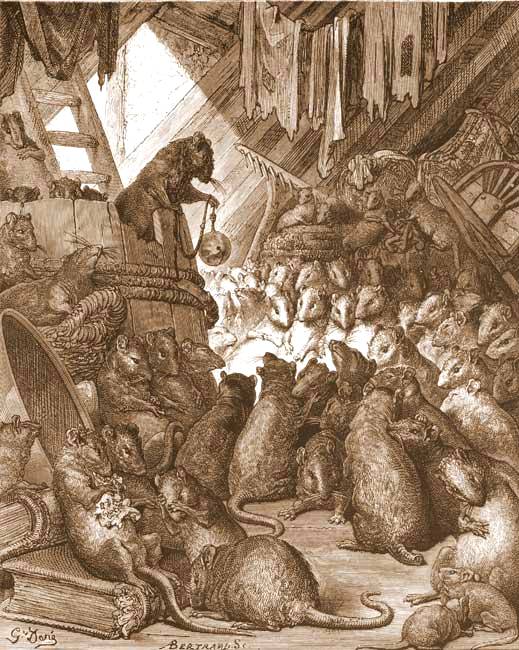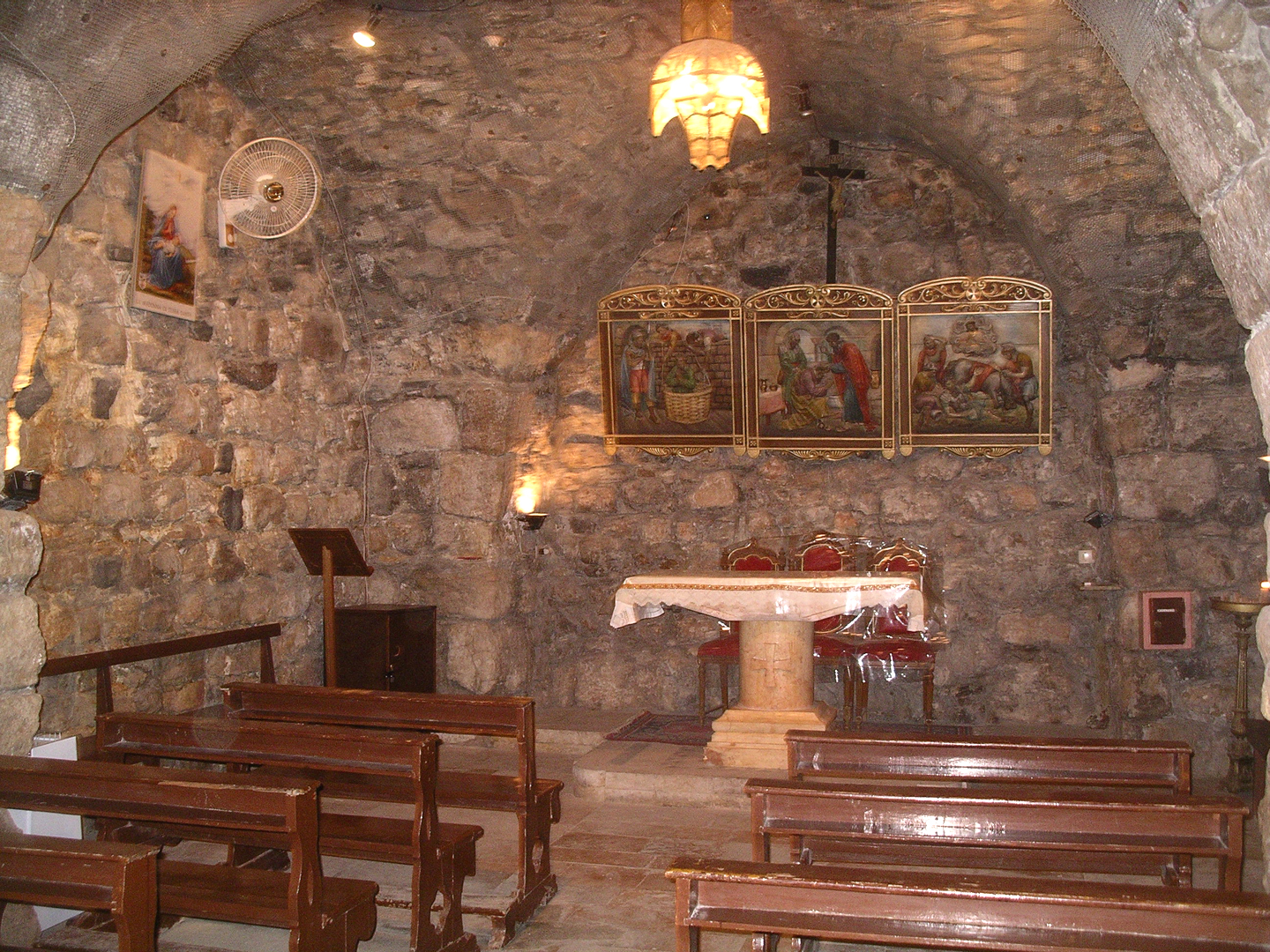|
Acts 26
Acts 26 is the twenty-sixth chapter of the Acts of the Apostles in the New Testament of the Christian Bible. It records the period of Paul's imprisonment in Caesarea. The book containing this chapter is anonymous, but Holman states that "uniform Christian tradition affirms that Luke wrote both" this book as well as the Gospel of Luke,Holman Illustrated Bible Handbook. Holman Bible Publishers, Nashville, Tennessee. 2012. p. 354. as supported by Guthrie based on external evidence. Text The original text was written in Koine Greek. This chapter is divided into 32 verses. Textual witnesses Some early manuscripts containing the text of this chapter are: * Papyrus 29 (3rd century; extant verses 7–8, 20) * Codex Vaticanus (325–350)Metzger, Bruce M.; Bart D. Ehrman (2005). The Text of the New Testament: Its Transmission, Corruption and Restoration. New York – Oxford: Oxford University Press. p. 67. . * Codex Sinaiticus (330–360) * Codex Bezae (c. 400)Aland, Kurt; Aland, Barb ... [...More Info...] [...Related Items...] OR: [Wikipedia] [Google] [Baidu] |
Acts Of The Apostles
The Acts of the Apostles (, ''Práxeis Apostólōn''; ) is the fifth book of the New Testament; it tells of the founding of the Christian Church and the spread of The gospel, its message to the Roman Empire. Acts and the Gospel of Luke make up a two-part work, Luke–Acts, by the same anonymous author. Traditionally, the author is believed to be Luke the Evangelist, a doctor who travelled with Paul the Apostle. It is usually dated to around 80–90 AD, although some scholars suggest 110–120 AD.Tyson, Joseph B., (April 2011)"When and Why Was the Acts of the Apostles Written?" in: The Bible and Interpretation: "...A growing number of scholars prefer a late date for the composition of Acts, i.e., c. 110–120 CE. Three factors support such a date. First, Acts seems to be unknown before the last half of the second century. Second, compelling arguments can be made that the author of Acts was acquainted with some materials written by Josephus, who completed his Antiquities of the J ... [...More Info...] [...Related Items...] OR: [Wikipedia] [Google] [Baidu] |
Codex Laudianus
Codex Laudianus, designated by Ea or 08 (in the Gregory-Aland numbering), α 1001 ( von Soden), called ''Laudianus'' after the former owner, Archbishop William Laud. It is a diglot Latin — Greek uncial manuscript of the New Testament, palaeographically assigned to the 6th century. The manuscript contains the Acts of the Apostles. Description The manuscript is a diglot, with Greek and Latin in parallel columns on the same page, with the Latin in the left-hand column. The codex contains 227 parchment leaves, sized , with almost the complete text of the Book of Acts ( lacuna in 26:29-28:26). It is the earliest known manuscript to contain Acts 8:37. The text is written in two columns per page, 24 and more lines per page. It is arranged in very short lines of only one to three words each. The text is written colonmetrically. Text The Greek text of this codex exhibits a mixture of text-types, usually the Byzantine, but there are many Western and some Alexandrian reading ... [...More Info...] [...Related Items...] OR: [Wikipedia] [Google] [Baidu] |
William Robertson Nicoll
Sir William Robertson Nicoll (10 October 18514 May 1923) was a Scottish Free Church of Scotland (1843-1900), Free Church minister (religion), minister, journalist, editor in chief, editor, and man of letters. Biography Nicoll was born in Lumsden, Aberdeenshire, the son of Rev. Harry Nicoll (1812–1891), a Free Church minister of Auchindoir, and his wife, Jane Robertson. He was educated at Aberdeen Grammar School and graduated Master's degree, MA at the University of Aberdeen in 1870, and studied for the ministry at the Free Church Divinity Hall there until 1874, when he was ordained minister of the Free Church at Dufftown, Banffshire. Three years later he moved to Kelso, Scotland, Kelso where he met Jane T. Stoddart. He was to be a great influence on her life. In 1884 became he editor of ''The Expositor'' for Hodder and Stoughton, a position which he held until his death. In 1885, Nicoll was forced to retire from pastoral ministry after an attack of typhoid had badly damaged ... [...More Info...] [...Related Items...] OR: [Wikipedia] [Google] [Baidu] |
Bernhard Weiss
Bernhard Weiss (20 June 182714 January 1918) was a German Protestant New Testament scholar. He was the father of Johannes Weiss and the painter, Hedwig Weiss. Biography Weiss was born at Königsberg. After studying theology at the University of Königsberg (Albertina), Halle and Berlin, he became professor extraordinarius at Königsberg in 1852, and afterwards professor ordinarius at Kiel and Berlin. In 1880 he was made superior consistory (Protestantism), consistorial councillor of the Evangelical State Church of Prussia's older Provinces. Literary production An opponent of the Tübingen School, he published a number of important works, which became well known to students in Great Britain and America. He was also the reviser of commentaries on the New Testament in the series of Heinrich August Wilhelm Meyer, H.A.W. Meyer: he wrote the commentaries on Book of Matthew, Matthew (the 9th ed., 1897), Book of Mark, Mark and Book of Luke, Luke (the 9th ed., 1901), Book of John, J ... [...More Info...] [...Related Items...] OR: [Wikipedia] [Google] [Baidu] |
Heinrich Meyer
Heinrich August Wilhelm Meyer (10 January 1800 – 21 June 1873) was a German Protestant divine. He wrote commentaries on the New Testament and published an edition of that book. Biography Meyer was born in Gotha. He studied theology at Jena, was pastor at Harste, Hoya, also serving as superintendent there, and at Neustadt am Rübenberge, and eventually became a member of the Hanover Consistory of the Church of Hanover and superintendent at Hanover in 1841. He is chiefly noted for his valuable ''Kritischexegetischer Kommentar zum Neuen Testament'' (16 vols.), which began to appear in 1832, was completed in 1859 with the assistance of Johann Eduard Huther, Friedrich Düsterdieck and Gottlieb Lünemann, and has been translated into English. New editions have been undertaken by such scholars as A. B. Ritschl, Bernhard Weiss, Hans Hinrich Wendt, Carl Friedrich Georg Heinrici, Willibald Beyschlag and Friedrich A. E. Sieffert. The English translation in Clark's series is in 20 v ... [...More Info...] [...Related Items...] OR: [Wikipedia] [Google] [Baidu] |
Euripides
Euripides () was a Greek tragedy, tragedian of classical Athens. Along with Aeschylus and Sophocles, he is one of the three ancient Greek tragedians for whom any plays have survived in full. Some ancient scholars attributed ninety-five plays to him, but the ''Suda'' says it was ninety-two at most. Of these, eighteen or nineteen have survived more or less complete (''Rhesus (play), Rhesus'' is suspect). There are many fragments (some substantial) of most of his other plays. More of his plays have survived intact than those of Aeschylus and Sophocles together, partly because his popularity grew as theirs declinedMoses Hadas, ''Ten Plays by Euripides'', Bantam Classic (2006), Introduction, p. ixhe became, in the Hellenistic Age, a cornerstone of ancient literary education, along with Homer, Demosthenes, and Menander.L.P.E.Parker, ''Euripides: Alcestis'', Oxford University Press (2007), Introduction p. lx Euripides is identified with theatrical innovations that have profoundly influ ... [...More Info...] [...Related Items...] OR: [Wikipedia] [Google] [Baidu] |
Proverb
A proverb (from ) or an adage is a simple, traditional saying that expresses a perceived truth based on common sense or experience. Proverbs are often metaphorical and are an example of formulaic speech, formulaic language. A proverbial phrase or a proverbial expression is a type of a conventional saying similar to proverbs and transmitted by oral tradition. The difference is that a proverb is a fixed expression, while a proverbial phrase permits alterations to fit the grammar of the context. Collectively, they form a folklore genre, genre of folklore. Some proverbs exist in more than one language because people borrow them from languages and cultures with which they are in contact. In the West, the Bible (including, but not limited to the Book of Proverbs) and medieval Latin (aided by the work of Erasmus) have played a considerable role in distributing proverbs. Not all Biblical proverbs, however, were distributed to the same extent: one scholar has gathered evidence to show th ... [...More Info...] [...Related Items...] OR: [Wikipedia] [Google] [Baidu] |
Rhetoric
Rhetoric is the art of persuasion. It is one of the three ancient arts of discourse ( trivium) along with grammar and logic/ dialectic. As an academic discipline within the humanities, rhetoric aims to study the techniques that speakers or writers use to inform, persuade, and motivate their audiences. Rhetoric also provides heuristics for understanding, discovering, and developing arguments for particular situations. Aristotle defined rhetoric as "the faculty of observing in any given case the available means of persuasion", and since mastery of the art was necessary for victory in a case at law, for passage of proposals in the assembly, or for fame as a speaker in civic ceremonies, he called it "a combination of the science of logic and of the ethical branch of politics". Aristotle also identified three persuasive audience appeals: logos, pathos, and ethos. The five canons of rhetoric, or phases of developing a persuasive speech, were first codified in classical Rome: i ... [...More Info...] [...Related Items...] OR: [Wikipedia] [Google] [Baidu] |
Captatio Benevolentiae
''Captatio benevolentiae'' (Latin for "winning of goodwill") is a rhetorical technique aimed to capture the goodwill of the audience at the beginning of a speech or appeal. It was practiced by Roman orators, with Cicero considering it one of the pillars of oratory. Examples For example, Roman historian Livy (Titus Livius) begins his prologue with a description of his own insignificance against the importance of the Roman people and history of Rome. By preaching his own humility, and especially by comparing himself to the much greater importance of the Roman people (his audience), he hopes to gain their favor at the start of his work. The opening words of St. Paul's speech addressed to King Herod Agrippa II and his sister Berenice, in Acts 26:2-3, have been described as "a standard ''captatio benevolentiae''". During the Middle Ages, it was used in court cases to gain the judge's favor, with lavish praise of the judge's wisdom considered most effective by Guillaume Durand. I ... [...More Info...] [...Related Items...] OR: [Wikipedia] [Google] [Baidu] |
Acts 9
Acts 9 is the ninth chapter of the Acts of the Apostles in the New Testament of the Christian Bible. It records Saul's conversion and the works of Saint Peter.Halley, Henry H. ''Halley's Bible Handbook'': an abbreviated Bible commentary. 23rd edition. Zondervan Publishing House. 1962. The book containing this chapter is anonymous but early Christian tradition uniformly affirmed that Luke composed this book as well as the Gospel of Luke.Holman Illustrated Bible Handbook. Holman Bible Publishers, Nashville, Tennessee. 2012. Text The original text was written in Koine Greek. This chapter is divided into 43 verses. Textual witnesses Some early manuscripts containing the text of this chapter are: ;In Greek * Papyrus 53 (3rd century; extant verses 33 to chapter 10:1) * Codex Vaticanus (325–350) * Codex Sinaiticus (330–360) * Codex Bezae (~400) * Codex Alexandrinus (400–440) * Codex Ephraemi Rescriptus (~450) * Codex Laudianus (~550) ;In Latin *León palimpsest (7th century; ... [...More Info...] [...Related Items...] OR: [Wikipedia] [Google] [Baidu] |
Vision (spirituality)
A vision is something seen in a dream, trance, or religious ecstasy, especially a supernatural appearance that usually conveys a revelation. Visions generally have more clarity than dreams, but traditionally fewer psychological connotations. Visions are known to emerge from spiritual traditions and could provide a lens into human nature and reality. Prophecy is often associated with visions. Categories Evelyn Underhill distinguishes and categorizes three types of visions: # Intellectual Visions – The Catholic dictionary defines these as supernatural knowledge in which the mind receives an extraordinary grasp of some revealed truth without the aid of sensible impressions, and mystics describe them as intuitions that leave a deep impression. # Imaginary – In Teresa of Ávila, Teresa of Avila's ''The Interior Castle'', an imaginary vision is defined as one where nothing is seen or heard by the senses of seeing or hearing, but where the same impression is received that would ... [...More Info...] [...Related Items...] OR: [Wikipedia] [Google] [Baidu] |







